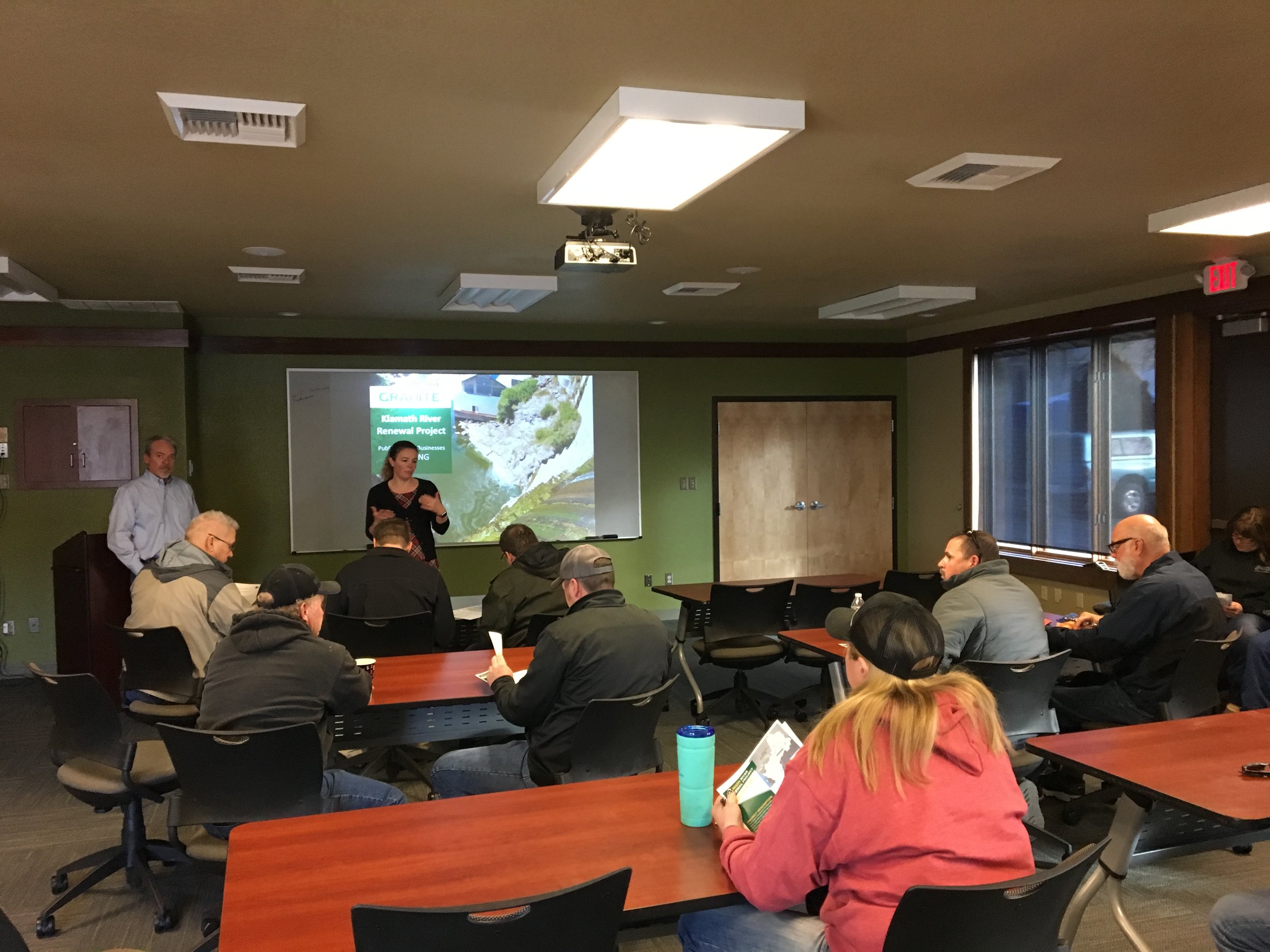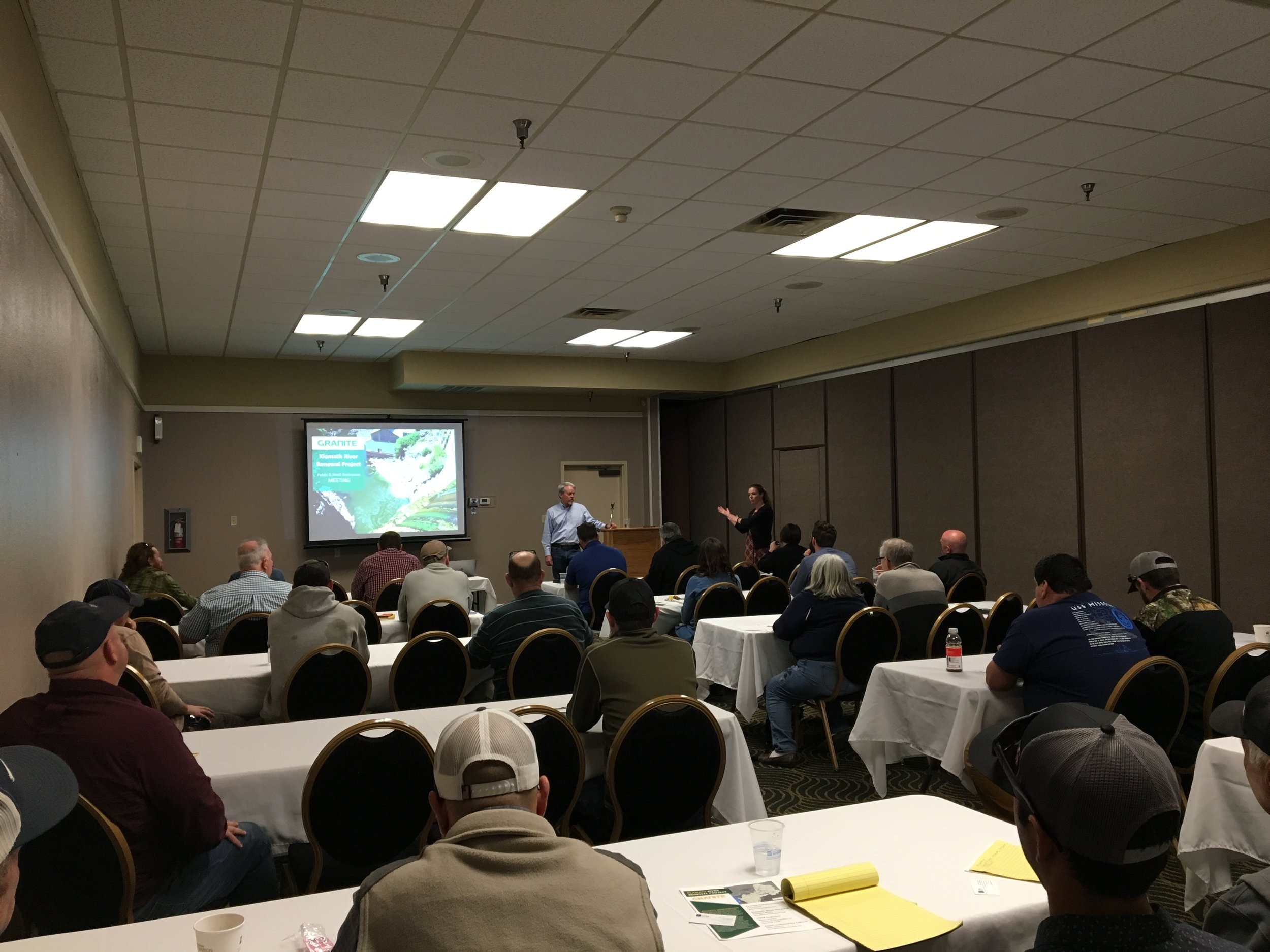Putting together a viable Good Faith Effort (GFE) that meets all of the USDOT criteria under 49 CFR 26 may seem like an insurmountable task. However, at CPM Logistics, we approach our GFE documentation as a stand-alone narrative that tells the story of how we connect with small contractors and small businesses. We strive to document the sincerity of our efforts in engaging companies on our projects. We literally leave no stone unturned. If a company does not provide a service that aligns with the project needs, we let them know. If we know about an opportunity for that particular service being needed on another project, we connect that company with the opportunity.
What steps should you take to setup your GFE documentation?
Step 1
Have your approach and framework in place from Day 1. It’s significantly less effort to maintain a GFE baseline then to have to go back and recreate conversations, search for sign-in sheets and follow-up emails. Create a project specific GFE email that your team can use to collect all GFE documentation: emails, reports, meeting minutes, etc.
Step 2
Implement a project-wide inclusion approach to engage all project staff and have them working together towards engagement and participation. Change the narrative so that everyone is mindful about connecting with small businesses for opportunities. You’d be surprised at how quickly your office supplies add up and contribute to your project goal.
Step 3
Create a transparent participation plan that you can share with all project stakeholders: the owner, your team and any subs working on the project. This plan should include local business resources, certification assistance, schedule milestones, targeted bid packages, communication protocols and engagement approach . Ask yourself: How will you attract small businesses and get them interested in bidding on your work?
Step 4
Identify subcontractor on-boarding protocol and drop-down requirements. Your project small business goal is 25%? Their project small business goal should be 25%. Each should be evaluated on a case-by-case basis as you might be contracting with owner-operators that have no opportunity to subcontract.
Step 5
Tracking your progress through simple reporting protocol and milestone dates. Sometimes, owners have reporting mediums that are a requirement of a project contract. If not, generate your own project reporting protocol that works for you and your team – whether it be through an excel spreadsheet or B2B program application. You need something to track your progress that isn’t too cumbersome or hard to learn.






















